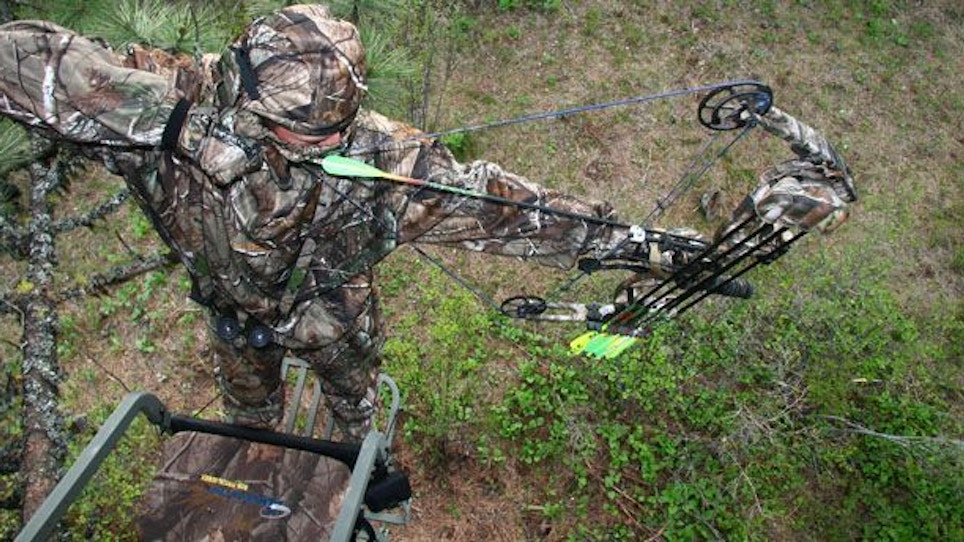Once you’ve mastered the physical aspects of shooting a bow, it’s your mind that dictates shooting efficiency.
Shooting well, especially under pressure, is largely about controlling anxiety. Bowhunting is a theater of unpredictability, with buck fever, even target panic, feeding on this inherent uncertainty. The more important a “trophy,” the higher the degree of stress.
Begin With Breathing Exercises
Soothing performance anxiety begins with simple breathing exercises. Start by inhaling slowly, deeply and evenly through your nose. Hold that breath momentarily before gently exhaling through your mouth. Each time you exhale, silently mouth the word “relax.” After even a few breaths you should feel your nerves calming.
Use Imagery for Positive Performance
Studies of elite athletes also prove mental imagery affects success. An all-sensory experience promotes positive physical performance. Imagery creates a mental map for performance by fostering confidence and reducing performance anxiety.
Imagery, unlike simple visualization, includes feelings of movement, sound, smells and emotions. It requires practice to summon on demand. In imagery, the deer hunter does not simply see his arrow zipping through vitals, he hears crunching leaves as the deer approaches and acorns rattling through oak branches. He smells the dank forest.
In his imagination, he sees that the correct bowsight pin is placed just so, and the arrow releases smoothly. He follows through with a sense of determination. The subsequent sounds of the shot and feel of bow riser jumping slightly are also part of the experience. The ultimate goal is to develop vividness and clarity. Even the nervous energy involved helps stimulate the senses.
Control Thoughts, Beware of Imagery Pitfalls
Imagery is helpful, but also understand that it can turn destructive. Seeing yourself crumble or missing an easy shot is hardly helpful. Controlled imagery provides the opportunity to correct past errors and create positive results.
Should negative thoughts arise, imagine a literal STOP sign. At the STOP, redirect thoughts by recalling a past success and replicating it on your mind’s eye, with yourself in the role of successful performer.
With time you can apply mental imagery in conjunction with physical action to create more productive shooting practice. Don’t simply plunk one mechanical arrow after another into a block-style target. Instead, set up lifelike 3-D targets in realistic settings and then approach them as if they were the real thing.
Talk Yourself Through the Shot
It’s important on occasion to talk to yourself sternly (if silently) through an impending shot. Sometimes you simply have to remind yourself of each important step in the shooting sequence, especially shooting form. Most often, you have to tell yourself to slow down. The pressured mind often loses its ability to accurately account for passing time. Everything seems to occur in a blur when nothing has actually changed.
Forgive Yourself, Move On
Just as importantly, don’t let a single failure defeat you mentally. Develop the ability to forgive yourself and leave the past behind. Learn from mistakes and then turn them into positive experiences. Tell yourself, “Glad that’s out of the way. Now I’m ready.” This is more productive than allowing self-doubt to fester and grow. It takes willpower. Use positive mental imagery to create that will.
Success breeds confidence. While experienced bowhunters certainly become selective as years pass, this does not mean they cannot use the occasional confidence booster. Off-season wild hogs, small game and especially antlerless deer during bow season all help support that confidence.







